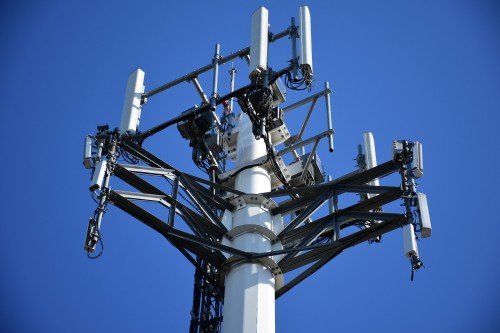The Convenience of Cellular Data
Chances are good that you can’t imagine not having cellular data (3G, 4G, LTE, etc.) available for your phone. The convenience of having Internet access no matter where you are is now such an intrinsic part of life for many people. Cellular data has actually been around since 1991, when it was introduced as 2G, and has only got faster and faster in the years since. 2019 will see the gradual introduction of 5G!
Mobile Data in Emergencies
Unfortunately, cellular data becomes less convenient in emergency situations. In emergencies, everyone tries to use their cell phones at the same time, overloading the network. Cell towers aren’t meant to handle the volume of traffic that comes from all mobile phone owners trying to use them at the exact same time. Depending on the emergency, there could be physical damage to the towers that prevents phone calls or data usage on cellular networks from going through. In the end, the result is the same – emergencies can result in communication delays that can affect not only personal communications, but also official emergency communications.
For example, cellular networks were completely overwhelmed with communications and shut down during the London Subway Bombing, 9/11, the Boston Marathon bombings, and Hurricane Sandy. After the London Subway bombing, because the network failure impacted the emergency responders’ ability to communicate with each other as well, London authorities invested in communications technology that would be specifically for emergency responders and the authorities. The Boston Marathon bombings sparked rumors that government authorities purposely shut off cell networks so that they could not be used to detonate explosives. Hurricane Sandy damaged the cell towers to the point where extensive repairs were needed before they could be used again.
Depending on WiFi
There’s a reason why most people prefer to connect to a wireless network when one is available. Even if it’s a public WiFi, often it’s faster than using cell phone data and it doesn’t use up your limited high-speed cellular data. Often, there are fewer people using a WiFi network than there are using data at any given time. This may be because of the limits of the wireless signal’s range or because it’s password-protected and only certain people are allowed access to that network.
In an emergency situation, using a wireless network instead of relying on data to send out emergency alerts is preferred. Not only is the network faster and more reliable, but it also may help ease the congestion on an already-swamped mobile network. Some emergencies, like Hurricane Sandy, may also knock out power, and therefore WiFi along with it, but in many cases, wireless networks may still be active even if the cellular networks are down. Cellular service providers may be working to improve their infrastructure so it can more easily handle an increased volume of calls and texts. They already do this for sports games, concerts, and other events that see large crowds in one location. But emergencies can’t be predicted, so it’s best to rely on your wireless network first and leave using cellular data as a backup. It’s also important to have a contingency plan for if both are unavailable.
